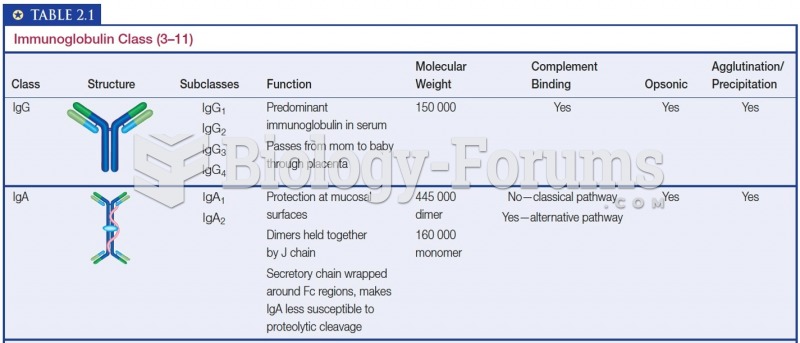|
|
|
The term pharmacology is derived from the Greek words pharmakon("claim, medicine, poison, or remedy") and logos ("study").
Egg cells are about the size of a grain of sand. They are formed inside of a female's ovaries before she is even born.
Hippocrates noted that blood separates into four differently colored liquids when removed from the body and examined: a pure red liquid mixed with white liquid material with a yellow-colored froth at the top and a black substance that settles underneath; he named these the four humors (for blood, phlegm, yellow bile, and black bile).
The heart is located in the center of the chest, with part of it tipped slightly so that it taps against the left side of the chest.
In 1844, Charles Goodyear obtained the first patent for a rubber condom.







